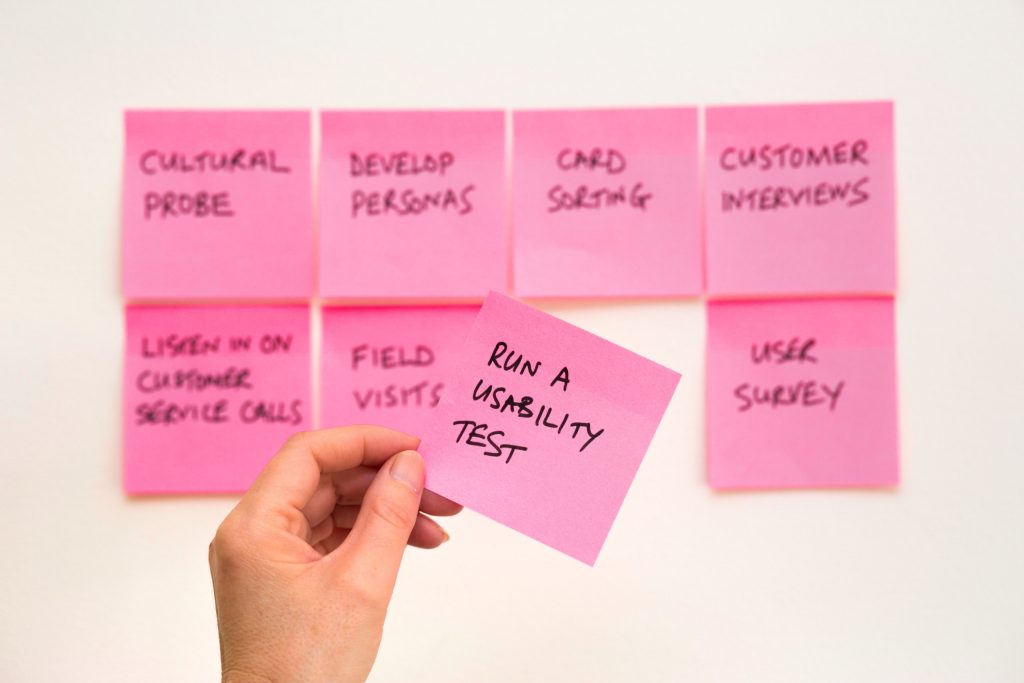Scrum framework has long since become an essential requirement for managing complex projects and daily functions in any business environment. At Agiboo, we embrace the virtues as well. Which is why we’d like to explain what scrum methodology is, and how it can be implemented to achieve your goals in the commodity trade industry.
Scrum: “A lightweight framework that helps people, teams and organizations generate value through adaptive solutions for complex problems.” (Scrum Guide)
In any business environment, let alone the complex commodity trade industry, it requires powerful tools to assist a team to achieve their goals. Sure, we’re used to counting on human intelligence when handling the day-to-day, organizing and optimizing workload or taking data-driven business decisions. But when it comes to a master software solution for your business environment, choosing the right tools outside of human capital has become quite unavoidable over the last decades – especially in the commodity trade industry.
It’s also the reason why software products evolve with the speed of light and bring new management solutions to companies. In this pattern, an agile framework like Scrum develops and becomes essential in businesses with complicated functions and divergent departments. When you have to manage daily logistics transactions, manage your trading risks, take management decisions or monitor your product efficiency, then you’d better make a wise consideration of what software you choose for your company.
Software tools for physical commodities
When it comes to CTRM systems, the complexity of functions increases. A company’s software needs are different when you trade coffee, for example, or other materials like metals. Back in 1986, Hirotaka Takeuchi and Ikujiro Nonaka introduced the term of scrum in their “New Product Development Game” article, published in Harvard Business Review.
They introduced a new way for increasing speed and flexibility in building software products. They called it Scrum. Almost four decades later, the framework for project management that emphasizes teamwork, accountability and iterative progress toward a well-defined goal is still a powerful aid. The framework begins with a simple premise: start with what can be seen or known. After that, track the progress and tweak, as necessary
Agile software development
In order to explain what scrum is, we should first have a better idea what ‘agile’ product development is. Agile software development is a set of virtual assets and techniques founded under the Agile Manifesto. It includes solutions, which develop collaborative efforts in adaptive planning, self-organizing, early product development and delivery and continuous improvement. Also, it supports the speed and flexibility in terms of change.
Now that we have a better idea of agile development, let’s move back to our main topic: scrum. Scrum is an agile framework for fulfilling multiplex business projects. It benefits the end users who use a software product with a scrum development framework in many ways. It offers them solutions in prioritizing large to-do lists, manages teamwork and communication and of course brings faster responses to changes.

Scrum methodology
We can explain a scrum methodology with 4 clear and easy steps:
1. PRODUCT BACKLOG
Software product owners organize a prioritized wish list according to customer needs. This is called the product backlog. It is the single source of work undertaken by the team and therefore serves as the very basis of the software project.
2. SPRINT PLANNING
In the next stage, the product development team make decisions on how to implement changes and improvements of certain pieces on that wish list, in a specific time-frame. Each sprint lasts the same amount of time, and always follows immediately after each other. That defined period of time, usually about two to four weeks, comprises several fixed components, including planning, daily sessions, reviews and retrospectives. During the whole process a scrum master retains the team’s focus on the goal.
3. SPRINT BACKLOG
The wish list with all tasks for improvements and changes is called the sprint backlog. The team completes every sprint in a priority order. Every time they choose to work with one sprint, complete the work and have it ready to be shipped to customers.
4. POTENTIALLY SHIPPABLE PRODUCT
Each sprint is finalized with a review and retrospective. Then the next sprint begins and each time, after the allotted working time, the implementations are ready and delivered to users.
Why scrum is important when developing a CTRM software solution
Building business software might not seem a big challenge with all these innovative methods. We aren’t disagreeing, but each software product is different and satisfies different needs depending on the industry. When your product has to offer solutions to existing difficulties in commodity trade industry, then things start to become a bit tricky.
In the commodity trade industry, teams used to organize their workload in a myriad of traditional ways. Paperwork, tons of printed documentation and Excel sheets with countless records. Even when they started implementing software solutions, like a proper CTRM (or Commodity Trade and Risk Management) software solution, they still couldn’t find the “promised land”. You could argue that’s because CTRM software is still quite new, still adapting and finding its way to properly reflect – and optimize – day-to-day workloads.
The real truth, though, lies in the whole architecture of a CTRM software solution.
Waterfall vs. Agile
Traditional CTRM software solutions were using the so-called “Waterfall model” in their development. This linear approach of project management proved to underlie a lot of issues in the process, making the product cumbersome in adjustment.
However, the agile method, scrum, created a strong foundation for effective processes in product development. It shields the CTRM software with immediate flexibility and tested functionality. By using an agile Commodity Trade and Risk Management software solution for your business, you simply come closer to your company’s goals faster. When your team decides that it is time to implement a software solution to organizes your trading procedures, financial and logistics transactions, then you need a second and third time in order to make the right and “agile” choice.

A CTRM for the Commodity Trade
Commodity trading is a volatile business that requires several types of data to be exchanged and confirmed, especially for OTC and physical markets. As trade margins have decreased and oversight increased, keeping costs down and minimizing errors has naturally become the focus of many commodity-related firms.
Agiblocks is not just the next generation of CTRM systems, but a solution that truly meets all technical as well as business needs for anyone working in soft or agricultural commodities. That’s why anyone looking for CTRM software for the commodity trade – whether you are a trader, buyer or seller dealing with single or multiple soft and/or agricultural commodities – should look no further. There are many, many different aspects to deal with all at once – ranging from physical commodities, commodity trading and speculative trading to commodity logistics and finance and risk management. And that’s just the tip of the iceberg.
Yet, unlike the financial and tech sectors, the commodities back office is still slave to lengthy manual processes largely due to the myriad of complex data exchanged between counterparts. We know, because Agiblocks has been battling inefficiency and time-consuming labor since the very beginning.
With change being the only constant in the industry, having an agile and adaptable, easy to implement out of the box CTRM with low total cost of ownership is now mandatory. By taking the commodity-specific approach, Agiboo has managed to meet these needs of the user community – particularly smaller, more focused businesses – while also being able to offer an ecosystem of focused solutions and functionality to larger entities. We’ve got you covered with Agiblocks, our flagship CTRM solution. Would you like to know more?

